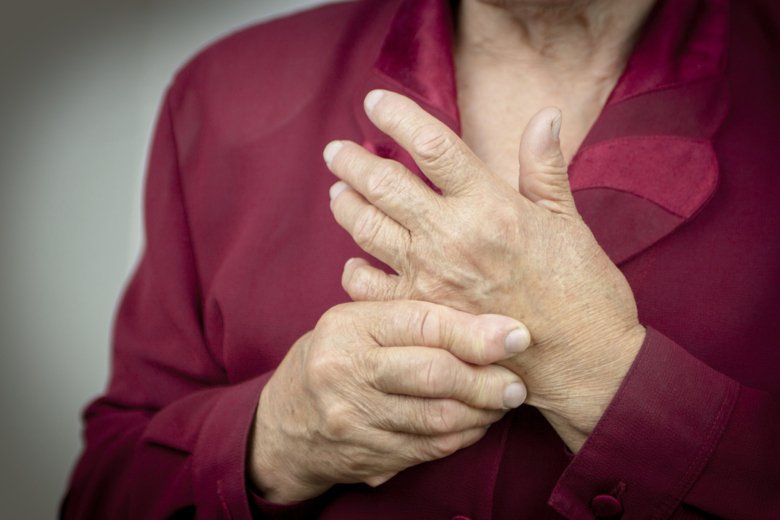New insights into how joint inflammation develops

Antibodies present in the blood years before development of painful chronic joint inflammation may cause early changes in the synovial tissue and bones, according to a study by researchers at Karolinska Institutet published in the journal Annals of the Rheumatic Diseases. The findings could pave the way for new methods of preventing development of the disease.

About 0.5-1 percent of the Swedish population currently live with rheumatoid arthritis, a disease that causes swelling and pain in the joints. The disease often develops through several stages with increasing pain followed by joint inflammation and loss of function if left untreated. Research at Karolinska Institutet shows how pathogenic antibodies appearing in the blood several years before the joint inflammation occurs could induce changes in the synovial membrane and bone. The findings point to the importance of early treatment of rheumatoid arthritis.
Antibodies can cause modifications
In the current study antibodies against citrullinated-proteins (ACPA) were affinity purified or cloned from single cells of the synovial fluid or blood samples of patients with rheumatoid arthritis. The antibodies were tested in cultures of synovial-derived fibroblast cells. The researchers found that some but not all of these antibodies were able to affect the synovial fibroblasts to make them more mobile and aggressive. This effect occurred only in the presence of additional factors, usually released during infections or others local stimuli.
“As a clinician who meet these patients early in their disease development, I hope that our results will eventually help to prevent disease development before the joint inflammation and joint destruction occurs,” says Anca Catrina, professor at the Department of Medicine, Solna, Karolinska Institutet, and the corresponding author of the study.
Way forward
One possible way forward could be to block the formation of the citrullinated molecules that are recognised by the pathogenic antibodies, according to the researchers. Such pharmaceuticals are currently under development and being tested in tissue cultures and animal models of arthritis.
The same research group has previously shown that other disease-associated antibodies with different reactivity patterns than those that affect fibroblasts can activate cells that break down bone tissue, so-called osteoclasts. However, unlike the joint cells, no additional stimuli was necessary in order to activate the bone cells.
Together, the studies shed new light on how rheumatoid arthritis can develop gradually through the participation of different cells and impact of several different antibodies and other stimuli. This knowledge could explain why different patients experience different symptoms, and why some individuals with ACPA still remain healthy.
Publication
”Anticitrullinated protein antibodies facilitate migration of synovial tissue-derived fibroblasts,” Meng Sun, Bence Rethi, Akilan Krishnamurthy, Vijay Joshua, Alexandra Circiumaru, Aase Haj Hensvold, Elena Ossipova, Caroline Grönwall, Yanying Liu, Marianne Engstrom, Sergiu Bogdan Catrina, Johanna Steen, Vivianne Malmstrom, Lars Klareskog, Camilla Svensson, Caroline Ospelt, Heidi Wähämaa, Anca Irinel Catrina, Annals of the Rheumatic Diseases, online 3 September 2019, doi: 10.1136/annrheumdis-2018-214967.
